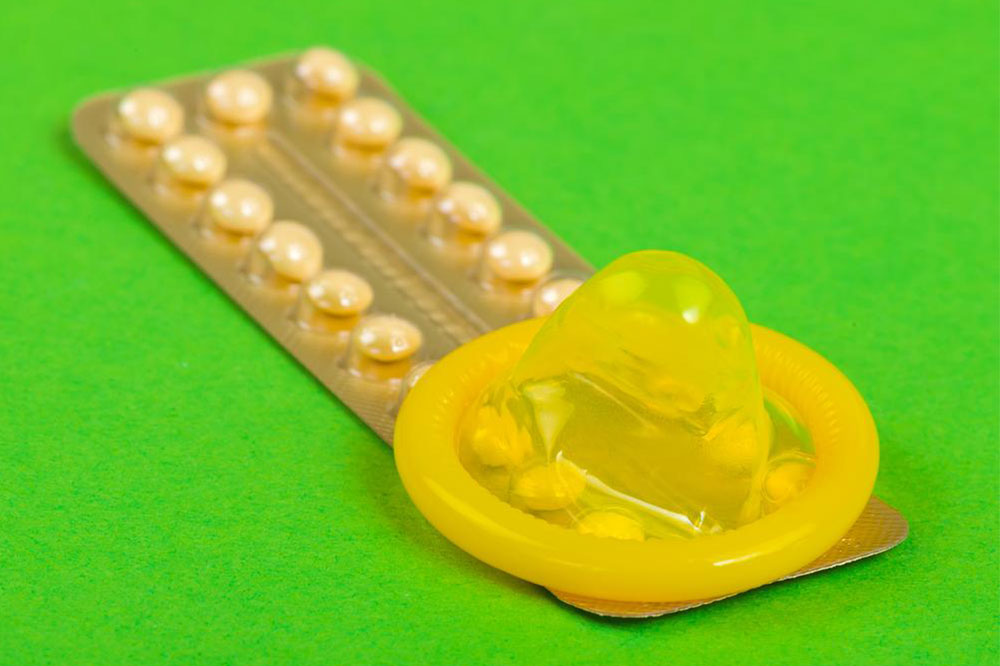
Birth Control Options for Women and Men
There are records of birth control methods being used in ancient civilizations all over the world. The first specialized birth control clinic was established by Dr. Marie Stopes in the UK in 1921. In our country, a team consisting of a biologist and a gynecologist developed the first birth control pill in 1950.
Today, there are several safe and convenient birth control options available to both women and men.
Birth control methods for women
- Oral contraceptive
The birth control pill is usually taken by women to prevent pregnancy, though it can be taken to regulate menstruation, reduce painful periods, etc. It consists of estrogen and progestin that are hormones connected with reproduction and gender. They prevent the ovaries from releasing eggs, cause the cervical mucus to become thicker and the uterine lining to become thinner, all of which are not conducive to pregnancy. Progestin-only pills prevent the sperm from fusing with the egg. Your gynecologist will advise you on the correct schedule of taking the medication. The risk of getting pregnant is very low. In some women, there may be risks of developing blood-clots in the legs, high cholesterol levels, migraine headaches, cardiovascular issues, and certain types of cancer through long-term use. - Barrier methods
These include diaphragm, contraceptive sponge, female condom, and cervical cap. - Sterilization
Tubal ligation is a permanent method of contraception. - IUD
A device placed within the uterus can prevent pregnancy. This intra uterine device may be a copper T device that’s non-hormonal or a hormonal one. Copper is an effective spermicide. These devices are effective for three to five years. - Birth control shots/patches and contraceptive implants
These methods deliver hormones into the body that prevent pregnancy.
Birth control methods for men
- Condoms
Apart from being a barrier against pregnancy, condoms also help to prevent transmission of sexually transmitted diseases. - Withdrawal
Avoiding ejaculation into the vagina prevents sperms from meeting the egg. Though this method is not very effective, as it is difficult to maintain control, it may be useful when other forms of birth control are not available. - Pills and shots
Male birth control pills reduce testosterone and production of sperm, whereas birth control shots can inactivate the sperms. However, both these methods may have side-effects that affect the libido and also cause kidney/liver damage. - Vasectomy
This is a popular method for men and is considered to be very effective. Though it can be reversed, the effects may continue to last based on time elapsed since the operation was conducted. These are very low-risk operations, with very little side-effects or down-time. It must be remembered that though vasectomy prevents pregnancy, it does not provide a barrier against contracting STDs. Men must continue to use a condom for safer sex. - Topical gel
Though not very well-known or popular, this is an effective, long-term method to prevent pregnancy. The gel reduces testosterone production and reduces the action of certain male hormones. The gel has to be applied consistently to the shoulder every day. Trials are still ongoing to improve the efficacy of this birth control method for men.



